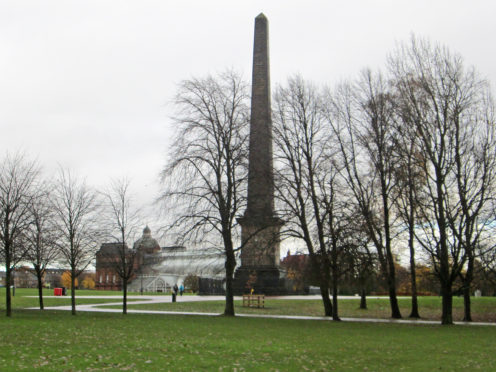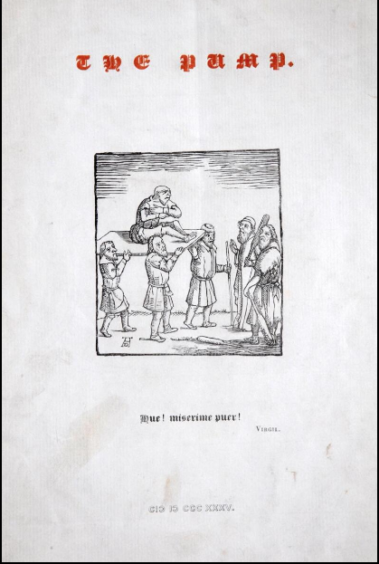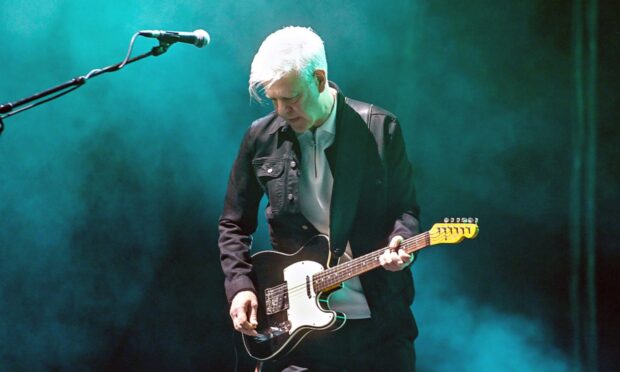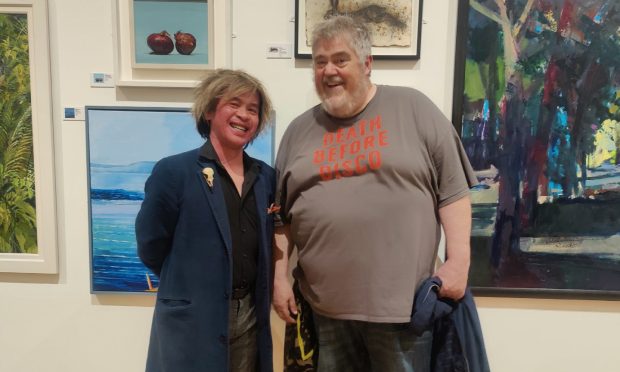Sold for £500 at Knight’s auction of sporting memorabilia in Leicester last month was a cricket item I have never seen in 30 years of auction watching.
This was a slim volume with the title Peakodde, Bailzie pseud The Pump: ane righte lamentable dirge composit be Bailzie Peakodde, poet laureate to ye Cricket Club; rendered into modern verse by Dr Minch.
A comic poem published in 1835, it is the earliest-known book on cricket in Scotland.
The privately printed poem by the self-proclaimed Poet Laureate, actually Robert Jackson Macgeorge, comprised 33 stanzas of comic verse relating to a match played at Glasgow Cricket Club involving a team from Perth. It begins:
The game was ready to begin, the Cricketers were seen
With yellow shoes and jackets white, upon the Glasgow Green.
The stanzas develop quickly into a humorous account of alleged trickery to prevent a Glasgow player turning out in the match against Perthshire.
Written in a deliberately archaic style, the poem concerns the Glasgow player Robert Maxwell, who is tricked into exhausting himself ahead of the game by pumping great quantities of water to refill a cistern he had emptied taking a bath.
The exhausted Maxwell eventually appears, borne aloft by 10 Kirkintilloch weavers, to recount his tale of woe.
Bound in tan leather, the eight-page pamphlet took £500.
Only 23 copies of this rare tract were printed, with a handful surviving. Glasgow University and the Mitchell Library have copies, as does the British Library and the library at Lord’s Cricket Ground. The National Library of Scotland has only a photocopy of the BL copy.
Picture: The Pump – a cricket tale from 1835 (£500).











